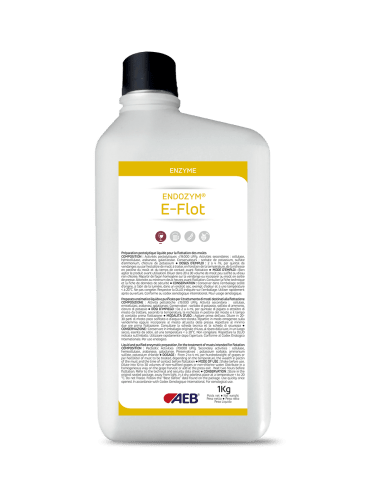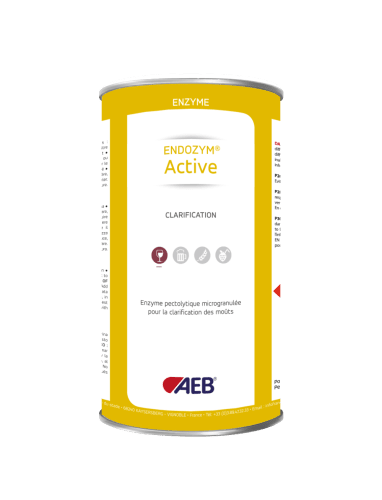-
AEB
- AEB
-
About
- About
-
Group
- Group
-
Info & Contacts
- Info & Contacts
-
Sustainability
- Sustainability
-
BREWING
- BREWING
-
- Biotechnology
-
- AEB Brewing lifesyle
-
WINEMAKING
- WINEMAKING
-
- Biotechnology
-
NEXT
- NEXT
-
- HARD SELTZER
-
- DEALCOLIZED WINE
-
- SPIRITS
-
 CIDER
CIDER
-
 Discover AEB Cider
Discover AEB Cider
-
- Cider range
-
-
Sustainability
- Sustainability
 CIDER
CIDER







